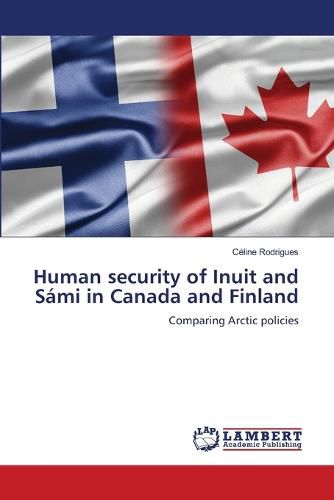Readings Newsletter
Become a Readings Member to make your shopping experience even easier.
Sign in or sign up for free!
You’re not far away from qualifying for FREE standard shipping within Australia
You’ve qualified for FREE standard shipping within Australia
The cart is loading…






This title is printed to order. This book may have been self-published. If so, we cannot guarantee the quality of the content. In the main most books will have gone through the editing process however some may not. We therefore suggest that you be aware of this before ordering this book. If in doubt check either the author or publisher’s details as we are unable to accept any returns unless they are faulty. Please contact us if you have any questions.
Arctic Indigenous peoples were the first to feel the cause-effect, with no responsibility to the harm that was and is affecting their way of life, their living subsistence, their home. Climate change has direct and indirect impacts. Facing the inability of the States to keep them safe and secure, Inuit and Sami organisations had to take the lead to protect themselves, at least with their voices heard at international level. The Inuit Circumpolar Council and Sami Council have done a great job that allowed to recognise their human rights as well as giving them a place at the Arctic Council as Permanent Participants. In order to understand the difficulties at national level, the comparison work will be helpful to analyse the applicability of human security (within a trinity that includes Green theory and ecosystem approach) of Canada and Finland?s Arctic policies, where Inuit and Sami live, respectively, acknowledging the impact both countries can provide to their Arctic communities as part of their country and society, accepting their diversity. Keeping population safe is an obligation of States, though in this new century and climate threat context, they can not to do it alone.
$9.00 standard shipping within Australia
FREE standard shipping within Australia for orders over $100.00
Express & International shipping calculated at checkout
This title is printed to order. This book may have been self-published. If so, we cannot guarantee the quality of the content. In the main most books will have gone through the editing process however some may not. We therefore suggest that you be aware of this before ordering this book. If in doubt check either the author or publisher’s details as we are unable to accept any returns unless they are faulty. Please contact us if you have any questions.
Arctic Indigenous peoples were the first to feel the cause-effect, with no responsibility to the harm that was and is affecting their way of life, their living subsistence, their home. Climate change has direct and indirect impacts. Facing the inability of the States to keep them safe and secure, Inuit and Sami organisations had to take the lead to protect themselves, at least with their voices heard at international level. The Inuit Circumpolar Council and Sami Council have done a great job that allowed to recognise their human rights as well as giving them a place at the Arctic Council as Permanent Participants. In order to understand the difficulties at national level, the comparison work will be helpful to analyse the applicability of human security (within a trinity that includes Green theory and ecosystem approach) of Canada and Finland?s Arctic policies, where Inuit and Sami live, respectively, acknowledging the impact both countries can provide to their Arctic communities as part of their country and society, accepting their diversity. Keeping population safe is an obligation of States, though in this new century and climate threat context, they can not to do it alone.